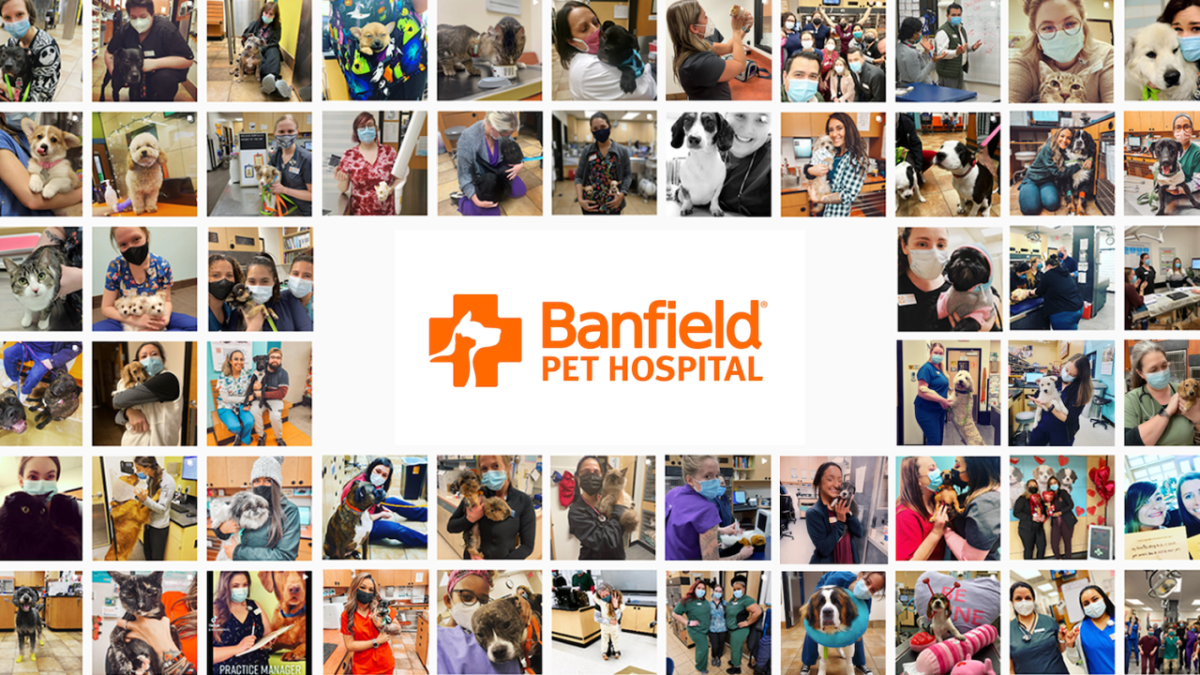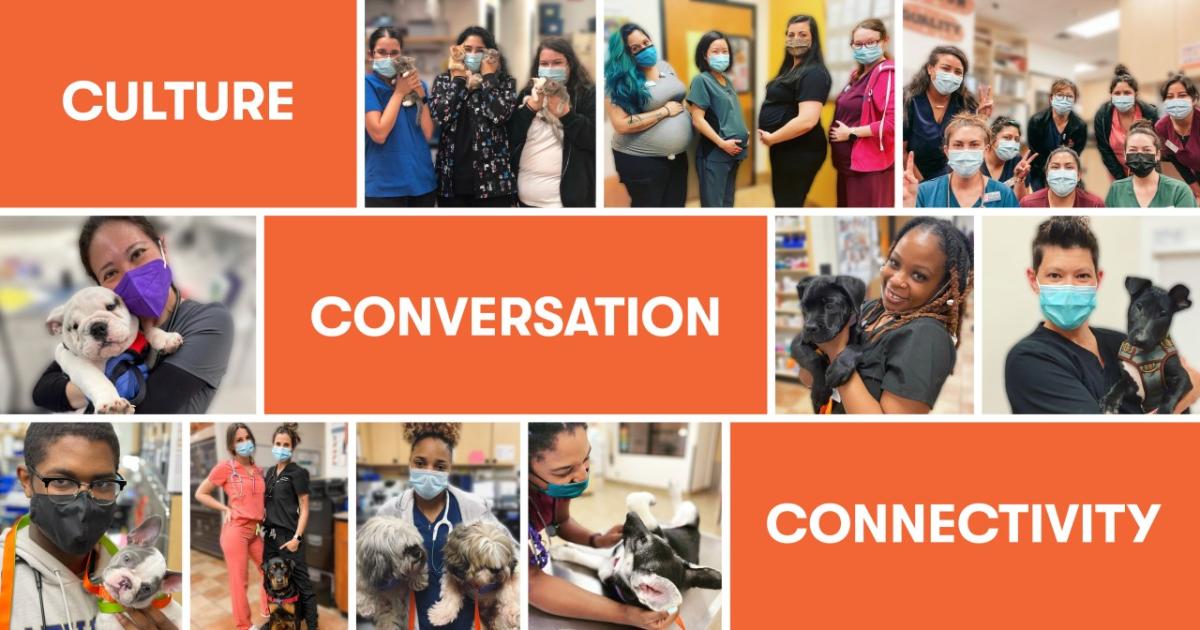A Purpose-Driven Culture Built on Putting People First
Words by Brian Garish
Originally published by TriplePundit
Organizations often talk about the importance of company culture, but what does a healthy company culture actually look like? More significantly, how can leaders ensure their company culture is truly making an impact on their people while also benefiting their industries and society at large?
Over the last few years, leaders have been called upon to address the evolving effects of the pandemic on both society and the workplace. People across the workforce have been forced to undergo drastic changes in a short period of time — loss, financial uncertainty, and increased responsibilities at home and work — requiring leaders to pivot and develop new leadership skills and techniques.
More than ever, employees are looking to leadership to meet them where they are, to engage in real conversations, listen, empathize, and be willing to adapt in order to put their people first.
At Banfield Pet Hospital, culture is our top priority. We are the leading provider of preventive veterinary medicine, seeing more than 9.6 million pets a year.As such, our nearly 20,000 employees, who we call associates, are navigating how to balance increased demand for pet care in our hospitals with the challenges brought by the pandemic, professionally and personally.
It’s during these times that leaders are given the opportunity to prove what their culture is made of. For Banfield, the answer is clear: We put our people first.
We established people-first programs and initiatives to enable our associates to have a better, more impactful life while future-proofing our business for long-term growth. In an era of tension and turnover, we were met with increased retention and Banfield grew two times faster than the industry average, enabling the practice to care for more pets and deliver on our purpose — A Better World for Pets — while driving business results.
Ultimately, culture starts at the top. It’s about leading with curiosity, advocacy and impact — all underscored by an urgency to overdeliver, improve the lives of those one is responsible for, and positively impact societal wellbeing. Here are a few ways we go about it.
Meeting people where they are
The key to a positive culture is an open, two-way dialogue rooted in authentic engagement. Associates must feel safe to speak up. As leaders, we must go where the conversation is happening instead of expecting the conversation to come to us.
With the social barrier of working remotely, many leaders are wondering how to engage in conversation-at-scale and connect with a dispersed workforce. This is where leaders must prioritize being agile and using new, creative ways of communicating and reaching our employees — no matter where they are.
As a leader of a company where the workforce is 75 percent millennial and Gen Z professionals, social media has been an invaluable way to meet people where they are and create a safe space for honest discussions. When done correctly, it can empower employees, ensuring that everyone’s voices are heard, and creating conditions in which we can listen, learn and act.
For example, I host sessions I call “Banter with Brian” on my Instagram feed, an Ask Me Anything-style activation where I solicit and answer questions directly from our associates. The ideas, comments, and feedback I hear and then activate on — whether that’s new scrub policy or technology investment — are critical to not only the future success of our practice, but also the continued engagement of our workforce.
Putting advocacy for others at the forefront
Strategy without empathy is a wasted idea. You can have the best strategy in the world, but if your people aren’t behind it, it’s unlikely to have the intended impact.
Taking the time to authentically connect with our people has led to major breakthroughs to help tackle some of the most pressing issues impacting our people, the veterinary profession, and society at large, such as financial debt and mental health and wellbeing.
Veterinarians graduate with the highest debt-to-income ratio of any profession, which was weighing heavily on our associates and holding them back from thriving in their careers. In response, we introduced a Veterinary Student Debt Relief Program, becoming one of just 8 percent of U.S. companies that offer a student debt benefit. To date, we’ve already contributed more than $20 million toward helping our veterinarians pay off student loans.
We also rolled out programs and benefits to give our people tools and resources to help them take care of themselves. These include free access to Headspace, which offers everyday mindfulness and meditation, “ASK – Assess, Support, Know” suicide prevention training, and resources like “Calm the Chaos” conversation guides to ensure we are offering simple practices to support our teams. Additionally, we established Diversity Resource Groups to better understand how we can create a more personalized culture to meet diverse needs.
Putting ambitions into action
Culture of every kind begins with the behavior of leaders. To say that another way, if you are interested in changing the culture of your organization, your first step should be to look in the mirror and make sure you are setting the kind of behavioral example you want everyone else to follow. This means not only fostering the right environment, but also taking actionable steps to invest in your people — and activating your associates to not only improve the workplace but make a lasting, positive impact on society.
By creating an environment at Banfield where our associates feel empowered to candidly share their ideas and feedback through open-way dialogue and conversations at scale, we’ve been able to identify three priority areas to devote considerable resources toward impacting our people, business and society at large: opening educational pathways, elevating mental health and empowering women. We’re calling this effort BANDtogether.
Among these areas, I’m particularly passionate about how we are expanding our educational pathways initiatives. Over the next year, Banfield will commit nearly $10 million toward helping veterinary professionals realize their full potential while creating accessible pathways for individuals that aspire to follow in their footsteps. This includes a partnership with Boys & Girls Clubs of America, a paid internship called NextVet — which gives high school students across the country an immersive, hands-on veterinary experience — and an expanding partnership with InStride.
We’ve been able to help more of our paraprofessional associates get their undergraduate degrees with 100 percent tuition coverage from Banfield through our partnership with InStride. Significantly, we’ve seen a 16 percent increase in retention among program participants compared to non-participants. This program has the dual impact of yielding highly skilled and engaged hospital teams able to provide quality veterinary care to more patients while benefiting our associates’ lives.
The bottom line
Culture is about people. Our people are our most valuable asset, and a business is only as strong as the culture it creates. My why — what fuels my passion — is being able to empower and support the teams that are making a meaningful impact on our clients and communities every day.
Let your people strategy be your business strategy.
This article series is sponsored by Mars and produced by the TriplePundit editorial team.
Images courtesy of Banfield Pet Hospital



